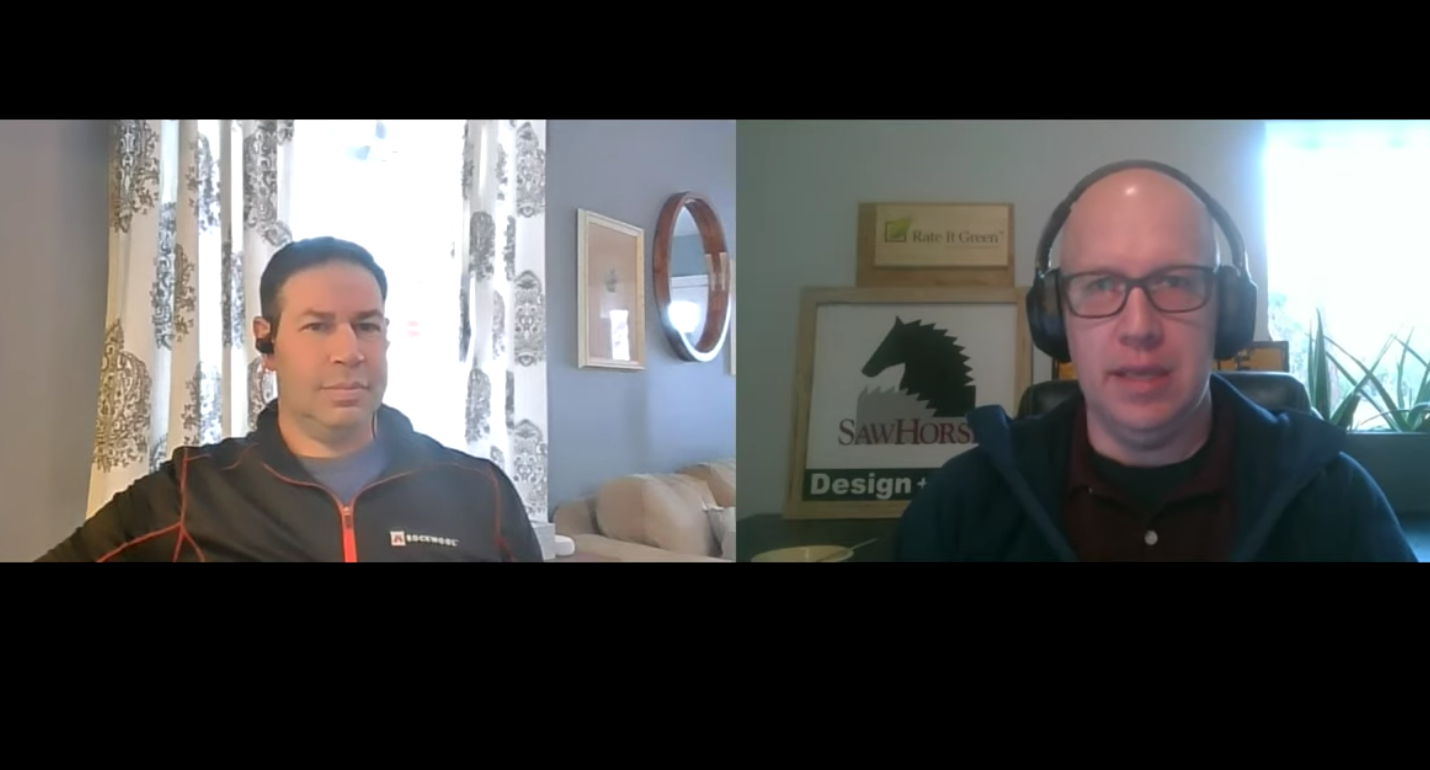Green Building Community
Green Building Myth Busting: Natural Ventilation - Do Your Walls Need to "Breathe?"
Posted by: Rate It Green Team
Welcome to the launch of the Green Building Myth Busters Series with Matt Hoots. Matt’s and his coconspirators are about to bust some old misperceptions in the green building world wide open!
This week, Matt’s talking with Rockwool’s Dan Edelman about the myth that “a house needs to breathe” through natural ventilation. Who wants a leaky house? Really, the answer is no one. Many people, including some professionals, still believe that a house should be leaky in the sends that it “breathes” or allows air and vapor movement literally through the walls.
Back in the 1700’s and 1800’s, leaky walls made sense, as they were the only option. People didn’t have the same comfort standards as we do today. Building standards were also different, as homes weren’t insulated, and there were no barriers yet of course, or even the foams and plastics out there now used to produce them. Eventually, a home or building hopefully dried or aired out naturally.
Today, we’re building houses tighter. Our energy codes require insulation and air sealing to increase energy efficiency, and most of us also want to save money through increasing our energy efficiency. In these tighter buildings, we do need proper ventilation, but it must be controlled. As Dan says, “Ventilate tight, and make it right.”
Proper ventilation is essential - we want air to enter the structure, but the air needs to be filtered for health, and optimally it can also be conditioned as well, for comfort. Matt recommends finding and sealing all of the air leaks, improving the insulation, and then designing a whole house ventilation system.
Dan reminds us that a house also needs to “ sweat." We need to allow moisture out of our buildings to control humidity. He shares an example where mid-winter it might be 70 degrees in a home with humidity of 60-70% midwinter as the ventilation isn’t correct. It’s pretty silly to take moisture out of the building when it’s 20% relative humidity outside.
One problem is that systems are often not sized accurately. Also, dehumidification shuts off when it gets cold, as HVAC systems track temperature and not humidity. SO we need to bring enough air in, but we need to dehumidify and condition the air before it enters the space. ERVs, or energy recovery ventilators, provide a solution for conditioning without making the humidity worse.
If you’re a builder, what do you think of this debate? If you’re a mechanical contractor, what do you think of builders thinking they know more about unit sizing? Bring it on!

Please be kind and respectful!
Please make sure to be respectful of the organizations and companies, and other Rate It Green members that make up our community. We welcome praise and advice and even criticism but all posted content and ratings should be constructive in nature. For guidance on what constitutes suitable content on the Rate It Green site, please refer to the User Agreement and Site Rules.
The opinions, comments, ratings and all content posted by member on the Rate It Green website are the comments and opinions of the individual members who posts them only and do not necessarily reflect the views or policies or policies of Rate It Green. Rate It Green Team Members will monitor posted content for unsuitable content, but we also ask for the participation of community members in helping to keep the site a comfortable and open public forum of ideas. Please email all questions and concerns to admin@rateitgreen.com

